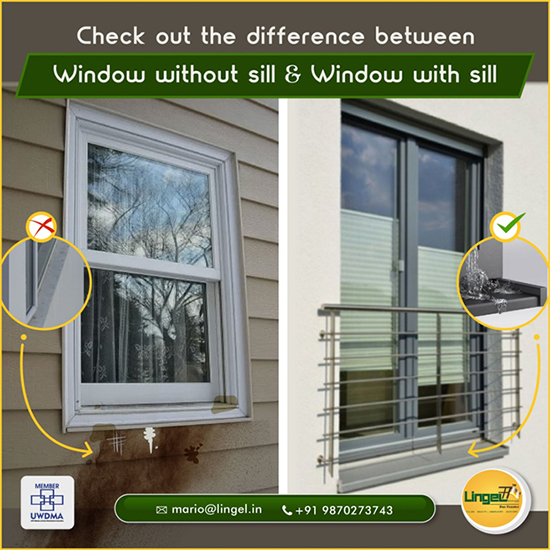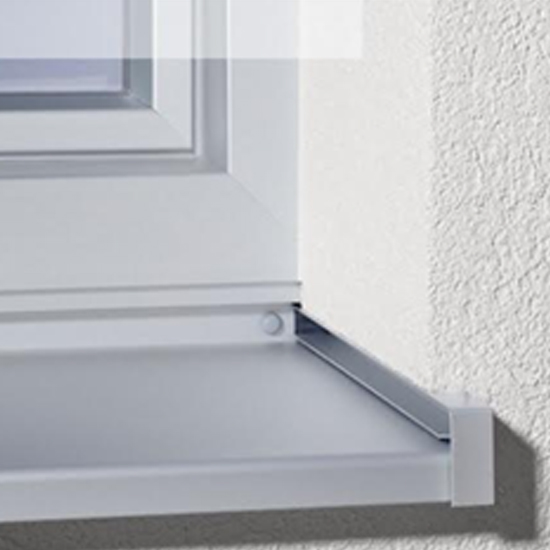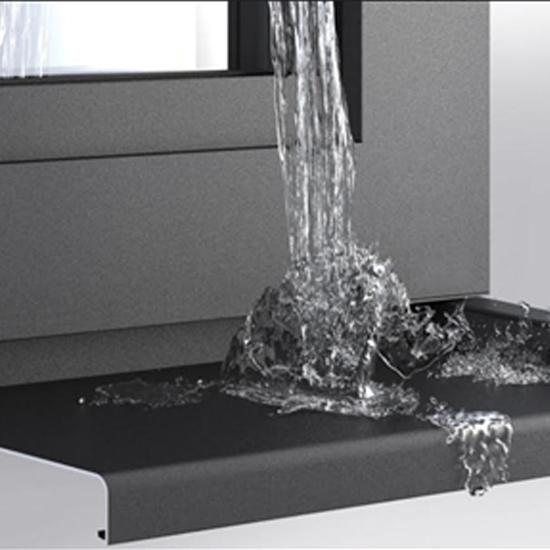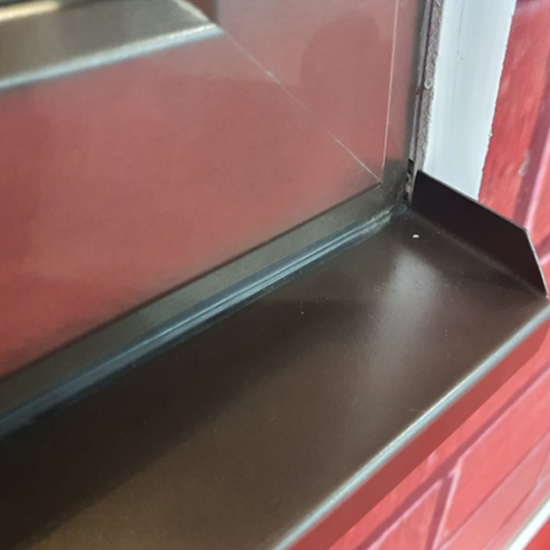Window Sills
Window sills are integral part of the buildings structure. The building envelope is outside part, and has to face many weather conditions or the fury of nature. We protect the outer skin by having different kinds of claddings for example stone cladding, marble cladding in some areas we fix tiles or wooden cladding or special plastering the area so that my outer structure looks presentable and is protected against the weather condition.
But in India, that window sill area is completed neglected. Outer walls by default are vertical. So when the rain water hits the wall it will flow down. But in the window sill area, where usually the windows are fitted in the centre has a 2 to 4 inch of a horizontal plain area.
So eventually in this area the rain water and dust may also collect .If a mason does not make the slope towards the outer wall, the water will collect towards the window. In monsoon, there are chances of water leakage and the water will enter inside the house.
What are the options to consider?
Option 1:
You can have a stone cladding at the sill area but even then care should be taken that there is one inch of overlap so that the water flowing out from the window sill is actually going down and not hitting back to the outer surface of the wall.
Option 2:
This is widely used in Europe where the window sills are made out of Aluminium. You can choose for colour options to match it with the colour of the window. You could go in for lighter shades to darker shades to match the outer walls.
The rain water hitting the glasses will drain down on the window sill and as the window sill will have an slope angel of 5 to 8 degrees so that the water will completely drain out and if the window sill is around 50 mm in front of the building then the rain water will drop down hitting the surface of the building. This will ensure there is complete water tightness so in the monsoon when the water comes through the glass it will immediately drain out.
At the sides where the Alu Sill is attached to the wall, end caps are connected. This will assure complete water tightness and it provides the perfect connection to the wall.
















